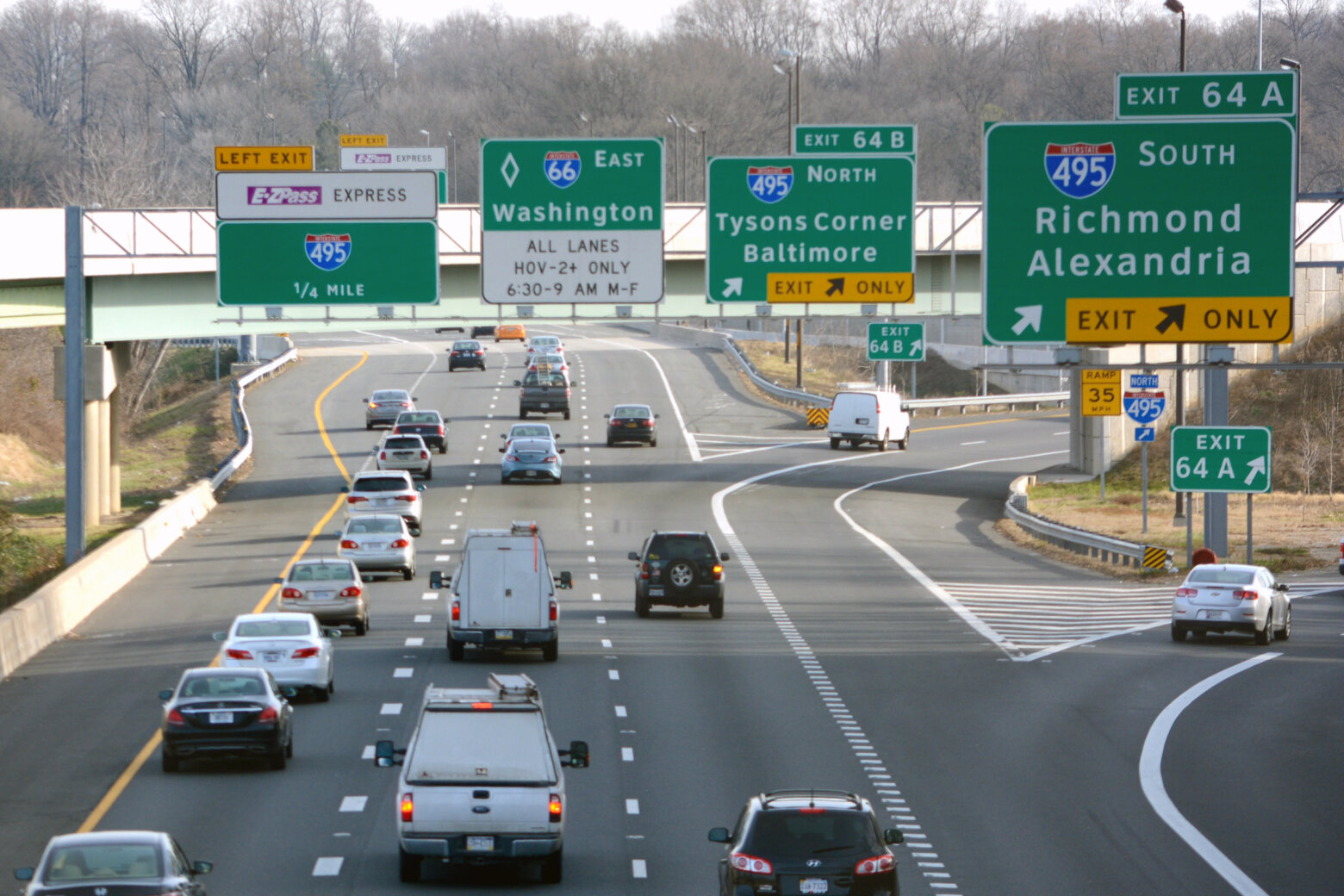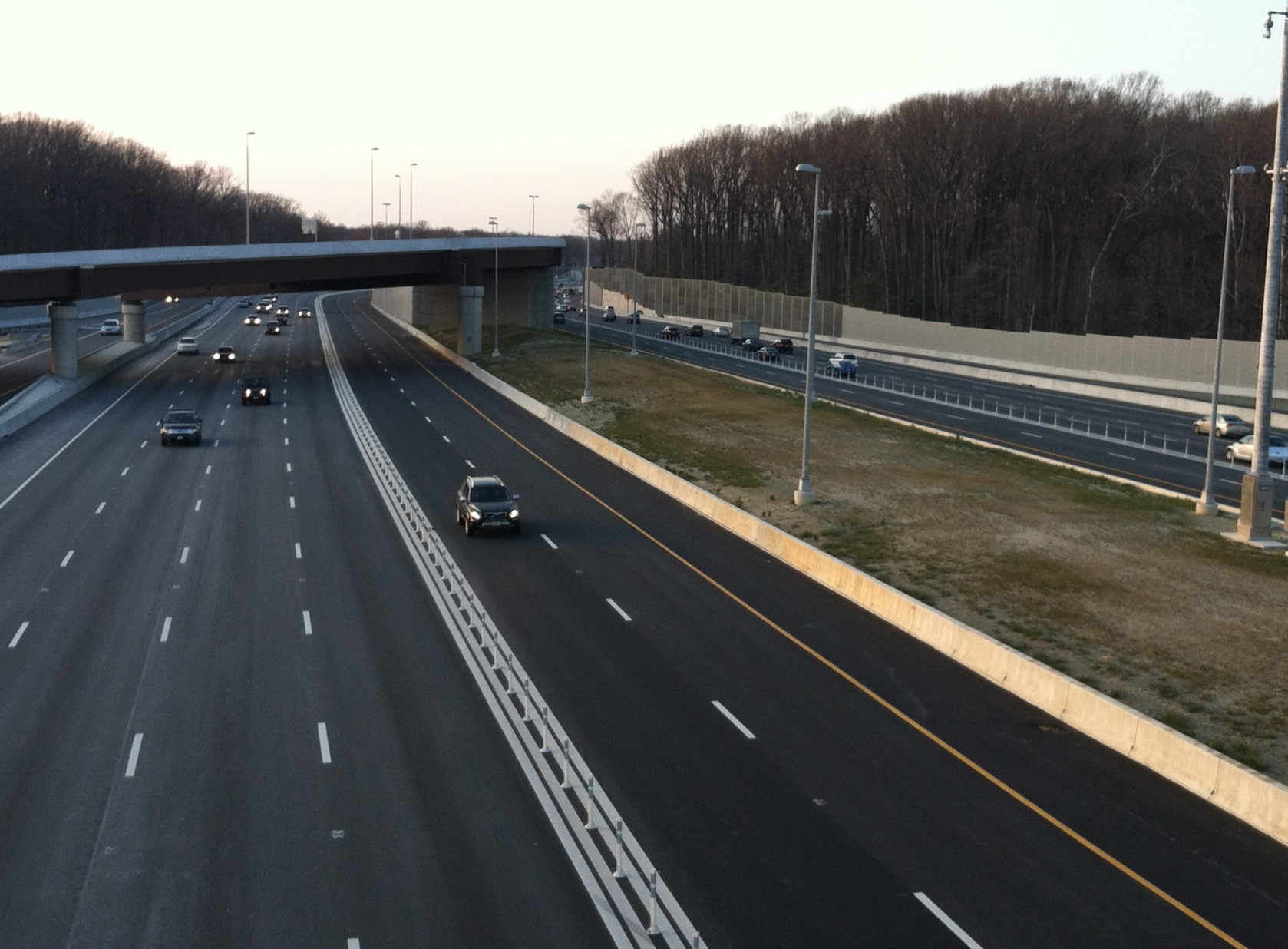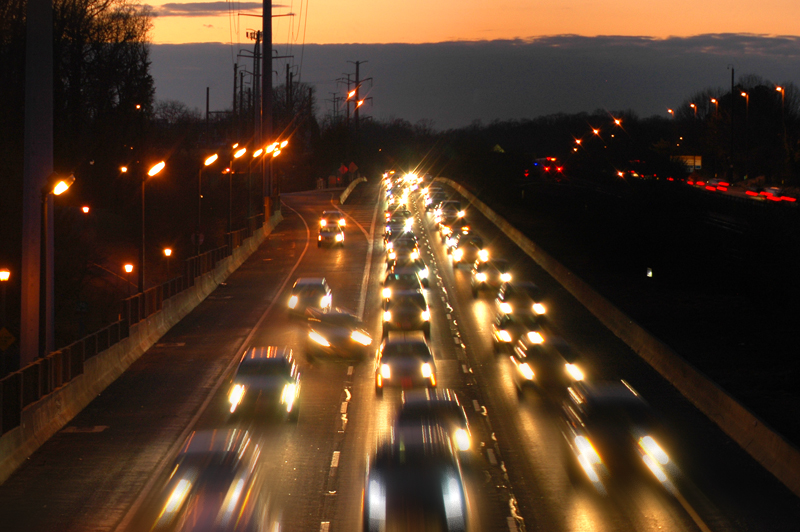WASHINGTON — The plan to let solo drivers pay a toll to use Interstate 66 inside the Beltway in the peak direction during extended rush hours is scheduled to start next year.
First, the Virginia Department of Transportation wants to know what you think of the project’s design, such as the location of toll gantries and the look of signs that will display the variable tolls.
But at the first of three design public hearings planned this week, people wanted to discuss other aspects of the project.
Arlington resident Tony Alexis worries it will lead to congested local roads.
“Arlington citizens should be able to easily get around Arlington, so I wonder what is being done not to degrade the interconnectivity of these neighborhoods that 66 allows,” says Alexis.
Andy Stewart has similar concerns.
“You’re going to have people looking at the pricing and what they’re going to do is flood into the streets and bypass. I personally have looked at my own bypass plan.”
Falls Church Councilmember and former Mayor Dave Snyder also spoke out.
“I believe that the success of the project will depend on its ability to move more people through the use of alternatives to single occupancy vehicles,” says Snyder.
Audrey Clement with the Arlington Coalition for Sensible Transportation is angry about the compromise plan reached last month to widen a four mile eastbound stretch of I-66 by 2020.
“My objection to the deal is it’s just the first leg in a plan that will ultimately pave over Arlington with an 8- to 10-lane superhighway.”
Two more design public hearings are scheduled this week.
Tuesday’s hearing is at Eagle Ridge Middle School in Ashburn. Wednesday’s hearing, which will be streamed online, is at the VDOT Northern Virginia District Office in Fairfax.
Both run from 6-8 p.m., with a presentation that starts at 6:30 p.m.
Comments about the plan’s design must be received by VDOT by March 24.
VDOT’s Amanda Baxter says the widening plan is moving forward on a completely separate track.
“We anticipate having our first public information meeting (in) late spring of this year to inform the public of our approach,” she said.








